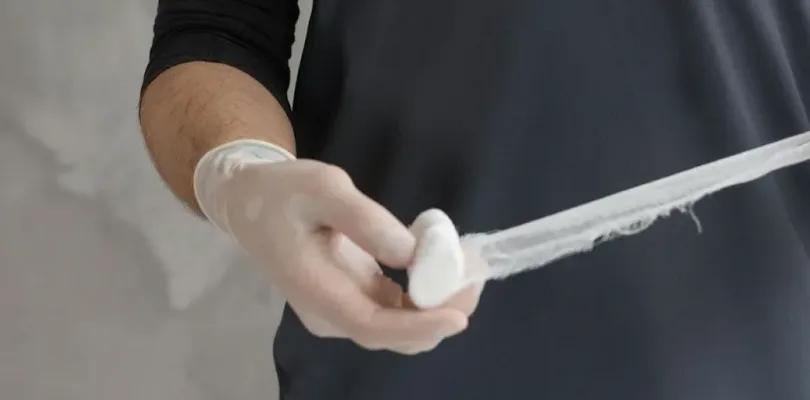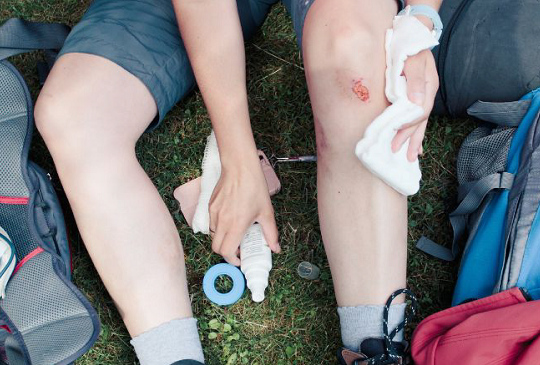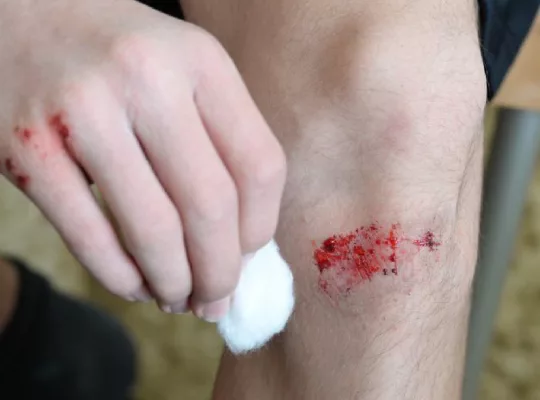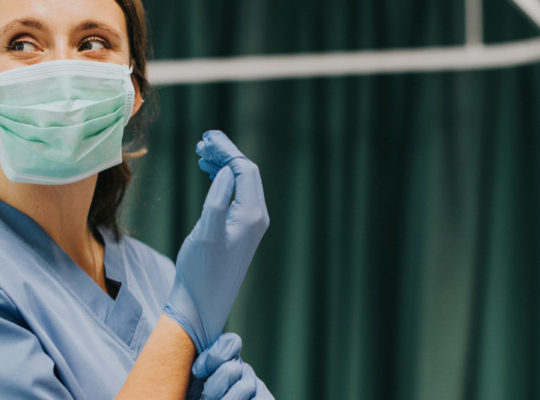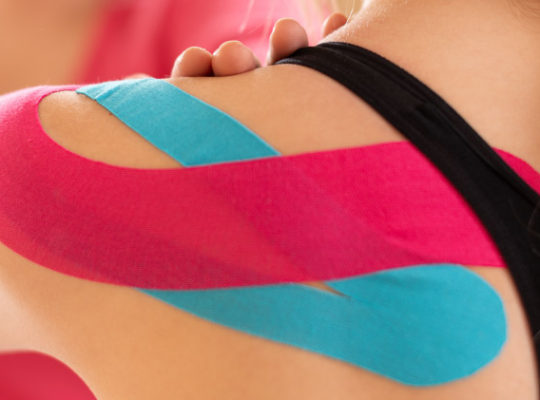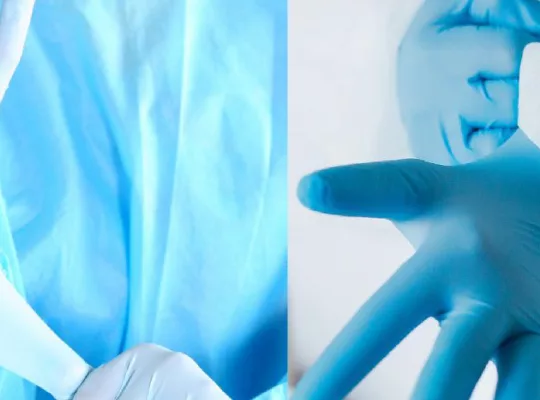In a world where bandages once stuck painfully and thermometers were unreliable, medical history holds tales of discomfort. Thankfully, modern times paint a different picture as medical advancements have revolutionized healthcare.
Procedures are gentler, recoveries swifter, and patient comfort prioritized. But it’s not just about flashy gadgets. Even simple supplies like gauze play a crucial role. In skilled hands, they can make or break outcomes.
This article explores traditional woven gauze versus non-woven gauze, diving into their unique traits and impact on healthcare. Understanding these basics unveils the innovation propelling medicine forward.
Understanding Woven vs. Non-Woven Gauze
In a pharmacy, one might choose between woven vs non-woven gauze to treat a scrape. This choice can significantly influence the healing process.
Woven gauze resembles a loosely knit dishcloth. It is suitable for general cleaning and absorbs small amounts of fluid. However, its loose weave may leave lint in wounds, hindering healing.
Non-woven gauze is akin to a high-tech pad. It is made by fusing fibers, creating a strong, soft material that absorbs much more liquid and leaves minimal lint. This makes non-woven gauze preferable for keeping wounds clean and aiding healing.
When selecting gauze, the nature of the wound should be considered. Woven gauze may suffice for minor scrapes, while non-woven gauze is recommended for more serious wounds requiring significant absorption and a lint-free environment.
Innovations in Sterilization and Hygiene
Throughout history, even the smallest wounds have had the potential to lead to infections. Nowadays, sterilization plays a role in healthcare by eliminating disease-causing germs.
Hospitals employ various techniques to maintain germ-free environments. Traditional heat sterilization involves using autoclaves, which are like pressure cookers for sterilizing tools. For surfaces and equipment that cannot withstand heat, chemical sterilization with disinfectants is utilized.
As bacteria evolve, so do sterilization methods. Low-temperature approaches utilizing ethylene oxide gas are gaining popularity for instruments. Ultraviolet (UV) light sterilization serves as another alternative for tools.
These practices significantly improve safety by reducing the risk of hospital-acquired infections, leading to fewer complications and shorter hospital stays.
Advanced Wound Care Solutions
Modern medicine has evolved in wound care. The simple bandage is no longer enough, as advanced wound care products speed up healing and improve outcomes. These products are sophisticated yet straightforward.
Hydrogels act like sponges for wounds — they absorb water but stay intact. Their structure keeps the wound moist, which helps it heal faster. They also fight bacteria and adapt to any wound shape. Hydrogels form a soothing layer over burns and manage excess fluid. They are crucial in wound care.
Hydrocolloid dressings can replace gauze. They stick to the skin and protect the wound. They work well for shallow wounds and manage the fluid. Foam dressings are also useful. They are light and airy and work for heavier fluids.
Traditional gauze has limits. It is not biodegradable and can cause infections. Advanced wound care changes the game. It heals wounds faster and reduces infections. This leads to shorter hospital stays and faster recoveries. This is more than just an idea — it is the reality now.
Sustainable Medical Supplies for a Greener Future
The healthcare industry is focusing more on being eco-friendly, which has increased the need for sustainable medical supplies. These supplies are made to reduce waste and avoid harmful chemicals. They are eco-friendly from start to finish. Examples include:
- Organic Cotton Gauze: This gauze is not bleached with chlorine. It avoids harsh chemicals, helps prevent water pollution, and lowers toxin exposure for both healthcare workers and patients.
- Bamboo Fiber Bandages: Bamboo grows quickly, requires little water, and uses few pesticides. Due to these properties, it is becoming a more popular material for bandages.
These sustainable supplies help reduce environmental damage and are often more comfortable for patients. This can lead to faster healing and less need for further treatment.
The future of healthcare looks promising with ongoing advancements in material science. More eco-friendly medical supplies are expected to appear. This move towards sustainability can transform healthcare. It supports a healthier planet and better care for patients.
The Role of Technology in Medical Supply Innovations
New technological advances lead to more effective, efficient, and sometimes life-saving medical supply tools. Consider bandages that monitor wounds or sutures that dissolve by themselves. These innovations hint at a bright future shaped by technology.
One significant change is in the use of smart materials. These substances can detect changes in the body, like temperature or bacteria levels. For example, smart bandages track healing by sending updates to a healthcare provider’s mobile device. This process enables tailored and timely treatment changes.
Technology also plays a role in 3D printing for medical needs. It allows the customization of implants and prosthetics, enhancing patient outcomes and overall quality of life. For instance, 3D-printed casts fit better and enhance healing more than traditional casts.
Researchers are starting to use nanotechnology to create and develop new materials that deliver drugs directly to wound sites. This method could lessen infection risks and speed up healing.
Embracing the Future of Medical Supplies
Medical supplies play a role in the healthcare sector, assisting in treating conditions ranging from minor injuries to complex surgeries. As technology advances, the realm of medical supplies also evolves, encompassing advancements in materials, designs, and treatment.
These innovations introduce possibilities such as bandages that can detect infections and sutures that naturally dissolve. Additionally, smart fabrics can adjust body temperature, and self-adhering dressings conform perfectly to any type of wound. For example, when thinking about woven vs. non-woven gauze, remember that while woven gauze is OK for minor scrapes, non-woven gauze is recommended for more serious wounds.
These breakthroughs indicate a future where healthcare delivery is more effective, efficient, and comfortable. Healthcare professionals must keep abreast of these developments to deliver care.
Understanding these advancements will benefit patients, as it will empower them to participate actively in their overall health and well-being. The horizon of supplies holds promise for the future.

